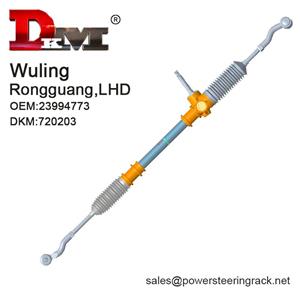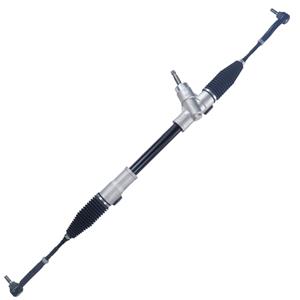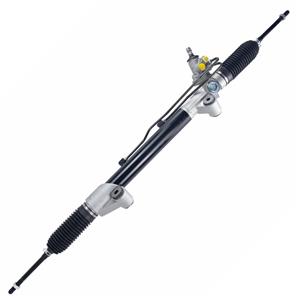Do manual steering and electronic power steering systems require steering fluid?
In modern car design, the steering system is an important part of vehicle control and determines how the driver controls the direction of the vehicle during driving. With the advancement of technology, the steering system of the car has also undergone significant changes, from the early manual steering system to the hydraulic power steering system, and then to the widely used electronic power steering system in recent years.
Different types of steering systems vary in their operating principles, functional implementation and maintenance requirements. One of the key questions is: Do these systems require the use of steering fluid? In particular, manual steering and electronic power steering systems have fundamentally different requirements for steering fluid.
This article will analyze the working principles of manual steering and electronic power steering systems in detail, explain whether they require the use of steering fluid, and their respective advantages and limitations.
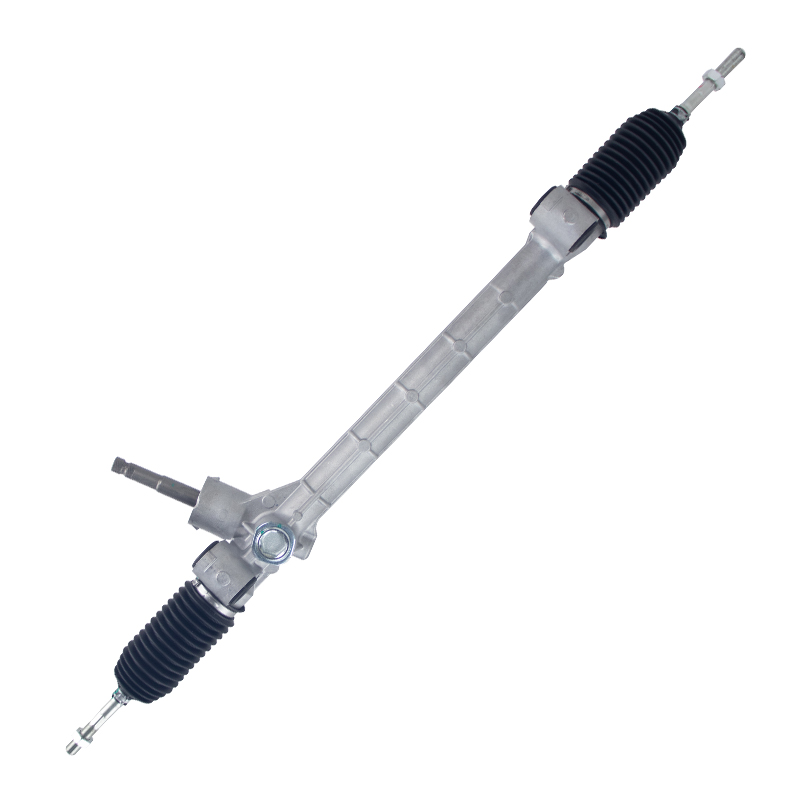
Manual steering system: no reliance on steering fluid
How does the manual steering system work?
Manual steering system, also known as mechanical steering system, is one of the earliest steering technologies used in automobiles. In a manual steering system, the driver directly controls the steering of the vehicle through the steering wheel. This process relies entirely on the driver's strength, which is transmitted through the steering wheel to the gearbox or rack and pinion device (depending on the specific design) to turn the direction of the wheels.
The core components of the manual steering system include:
● Steering wheel
● Steering column
● Rack and pinion or worm screw device
● Steering rod and tie rod
This system is completely mechanical transmission and does not involve any hydraulic components. Therefore, the manual steering system does not require steering fluid. The operation of the system relies on the mechanical linkage between metal parts, and the driver needs to exert a lot of effort to control the direction, especially when driving at low speed or parking.
What are the characteristics of the manual steering system?
Although the manual steering system has a simple structure and low maintenance cost, it also has obvious limitations. Since there is no power assist device, the driver must rely on his own strength when operating the steering wheel, which makes steering at low speed or stationary very laborious. Especially when the vehicle is heavily loaded or operating in a narrow space, the difficulty of steering increases significantly.
However, manual steering systems usually perform well at high speeds because their mechanical directness enables the driver to accurately control the direction and provide better road feel and feedback. This system is usually used in some older vehicles or vehicles for certain specific purposes, such as racing cars or lightweight off-road vehicles.
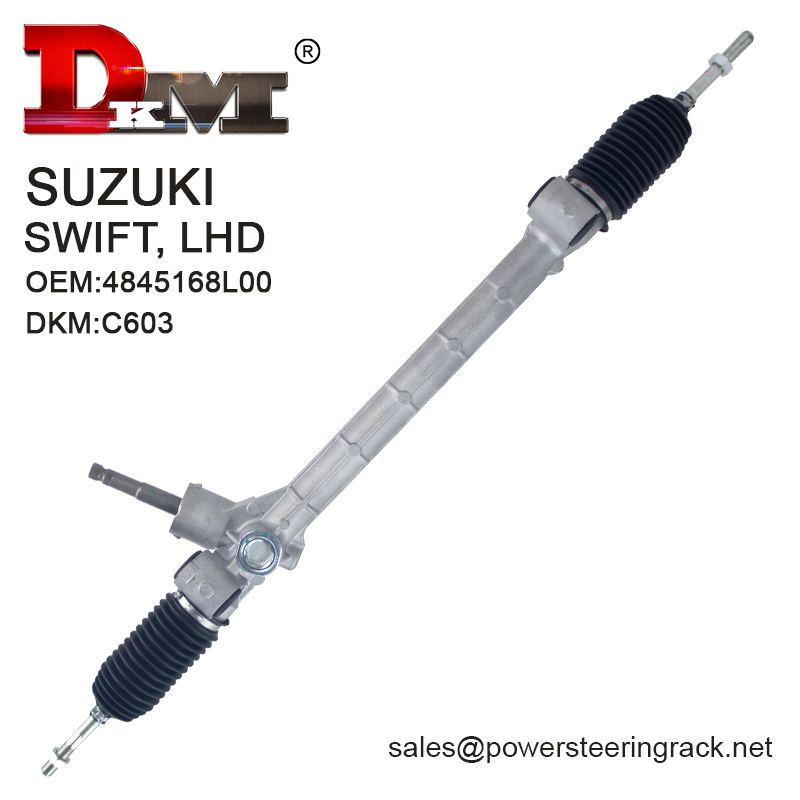
Hydraulic power steering system: steering fluid is required
How does the hydraulic power steering system work?
In order to overcome the control difficulties of the manual steering system at low speeds, the hydraulic power steering system came into being. The hydraulic power steering system relies on a hydraulic pump, hydraulic oil (i.e. steering fluid) and other hydraulic components to provide steering assistance to the driver. In this system, when the driver turns the steering wheel, the hydraulic pump generates power assistance through the pressurized steering fluid, making it easier to turn the wheels.
The main components of the hydraulic power steering system include:
● Power steering pump: driven by the engine and provides pressure by pumping hydraulic oil.
● Hydraulic oil pipeline: a pipeline system that transmits hydraulic oil.
● Power steering fluid: a special hydraulic oil used to transmit pressure and lubricate system components.
● Steering rack or worm gear: responsible for converting hydraulic pressure into mechanical movement to turn the wheels.
The power steering fluid in the hydraulic power steering system plays a vital role. It not only transmits hydraulic pressure, but also lubricates the moving parts in the steering system and helps the system dissipate heat. Insufficient fluid level or fluid contamination can lead to reduced steering assistance, increased system noise, and even damage to core components such as the hydraulic pump. Therefore, maintenance of hydraulic power steering systems usually includes regular inspection and replacement of steering fluid.
What are the characteristics of hydraulic power steering systems?
Compared with manual steering systems, hydraulic power steering systems greatly reduce the driver's physical exertion, especially when driving at low speeds, steering wheel operation becomes very easy. However, the disadvantages of hydraulic systems are also obvious: it relies on the engine for power, so when the engine is turned off, the power assistance disappears, and the driver has to rely on greater force to turn the steering wheel. In addition, the fluid in the hydraulic system may leak, and once it leaks, it will not only affect the steering performance, but also lead to expensive repair costs.
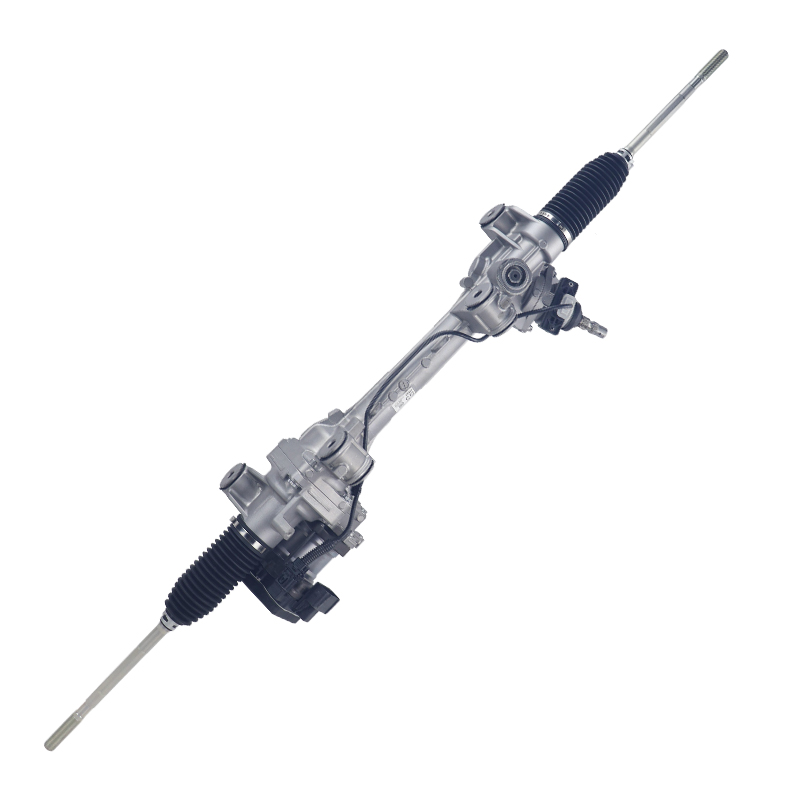
Electronic power steering system: no steering fluid required
What is the working principle of the electronic power steering system?
With the continuous advancement of the automotive industry, the electronic power steering system (Electric Power Steering, EPS) has gradually replaced the hydraulic power steering system and become a more mainstream steering technology in modern vehicles. The electronic power steering system provides steering assistance for the vehicle through an electric motor instead of relying on hydraulic oil or a hydraulic pump.
The main components of the electronic power steering system include:
● Electric power motor: responsible for providing steering assistance, installed on the steering column or steering rack.
● Electronic control unit (ECU): controls the operation of the electric motor according to information such as the steering wheel rotation angle and vehicle speed.
● Sensor: used to monitor the steering wheel rotation force and angle, as well as data such as the vehicle speed.
In this system, when the driver turns the steering wheel, the sensor captures this action and transmits the data to the electronic control unit, which then instructs the motor to provide the corresponding assistance. Unlike the hydraulic system, the electronic power steering system relies entirely on electricity to operate, so steering fluid is not required.
What are the characteristics of the electronic power steering system?
The electronic power steering system has several advantages over the hydraulic power steering system:
● Energy saving: The power steering pump in the hydraulic system is driven by the engine, which increases the burden on the engine, while the electronic power steering system relies on electricity to drive and only provides assistance when needed, which can effectively reduce fuel consumption.
● Precise control: The electronic power steering system can dynamically adjust the power assist according to the vehicle's driving speed. For example, more power assist is provided at low speeds to make steering easier, while less power assist is provided at high speeds to increase steering wheel feedback.
● Low maintenance cost: The electronic power steering system does not have complex components such as hydraulic oil pipes and hydraulic pumps, so there is no need to regularly replace the steering fluid, and the maintenance cost is low.
● More intelligent functions can be realized: Due to its reliance on electronic control, the electronic power steering system can be integrated with other intelligent driving systems (such as automatic parking, lane keeping assist, etc.) to realize more advanced driving functions.
What are the limitations of the electric power steering system?
Although the electronic power steering system is superior to the hydraulic system in many aspects, it also has some limitations. For example, it is more dependent on electricity, and if the vehicle's electrical system fails, the steering assist may fail. In addition, the electronic power steering system feels more "artificial", and for some driving enthusiasts, it may lack the more direct road feel provided by the hydraulic system.
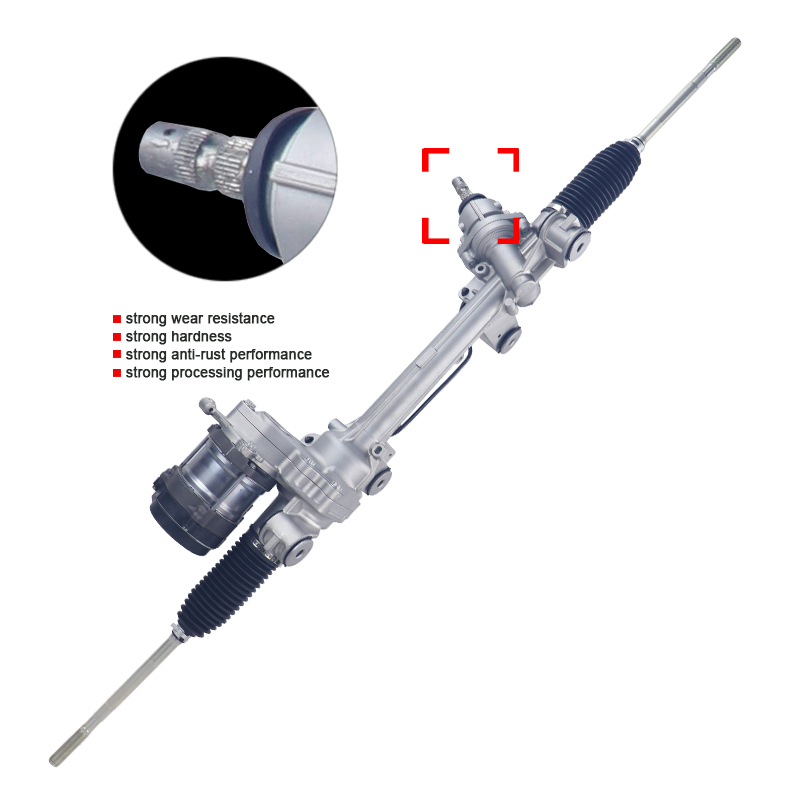
Comparative summary: Which system requires steering fluid?
After the above analysis, we can draw a clear conclusion:
● Manual steering system: no steering fluid is required. Because the manual steering system relies entirely on mechanical transmission, there is no hydraulic or electric assistance.
● Hydraulic power steering system: Steering fluid is required. The steering fluid in the hydraulic system is responsible for transmitting pressure, lubrication and heat dissipation. Regular inspection and replacement of the steering fluid is the key to maintaining the system.
● Electronic power steering system: No steering fluid is required. The electronic power steering system provides power assistance through an electric motor, relies entirely on electronic control, and does not involve hydraulic components.
Each steering system has its own advantages and disadvantages. Although the manual steering system does not require the use of any fluid, it is more laborious to operate; the hydraulic power steering system requires regular maintenance of the steering fluid, but can provide a better steering assistance experience; although the electronic power steering system eliminates the trouble of steering fluid, it may not be as good as the hydraulic system in terms of precise control and road feel feedback.
Quality Power Steering Gears for International Markets
Guangdong Diamond Auto Parts Co., Ltd. (DKM) is a leading manufacturer of power steering gears, specializing in affordable, high-quality solutions for international markets. Our products are used by major automotive brands such as Toyota, Honda, and Mitsubishi. With a factory spanning over 20,000 square meters and advanced machinery, we ensure that our products are produced to the highest standards.
We offer customizable steering gear solutions at competitive prices, and our bulk purchasing options provide additional cost savings. Contact us today for pricing information, special promotions, and tailored solutions to meet your needs.

